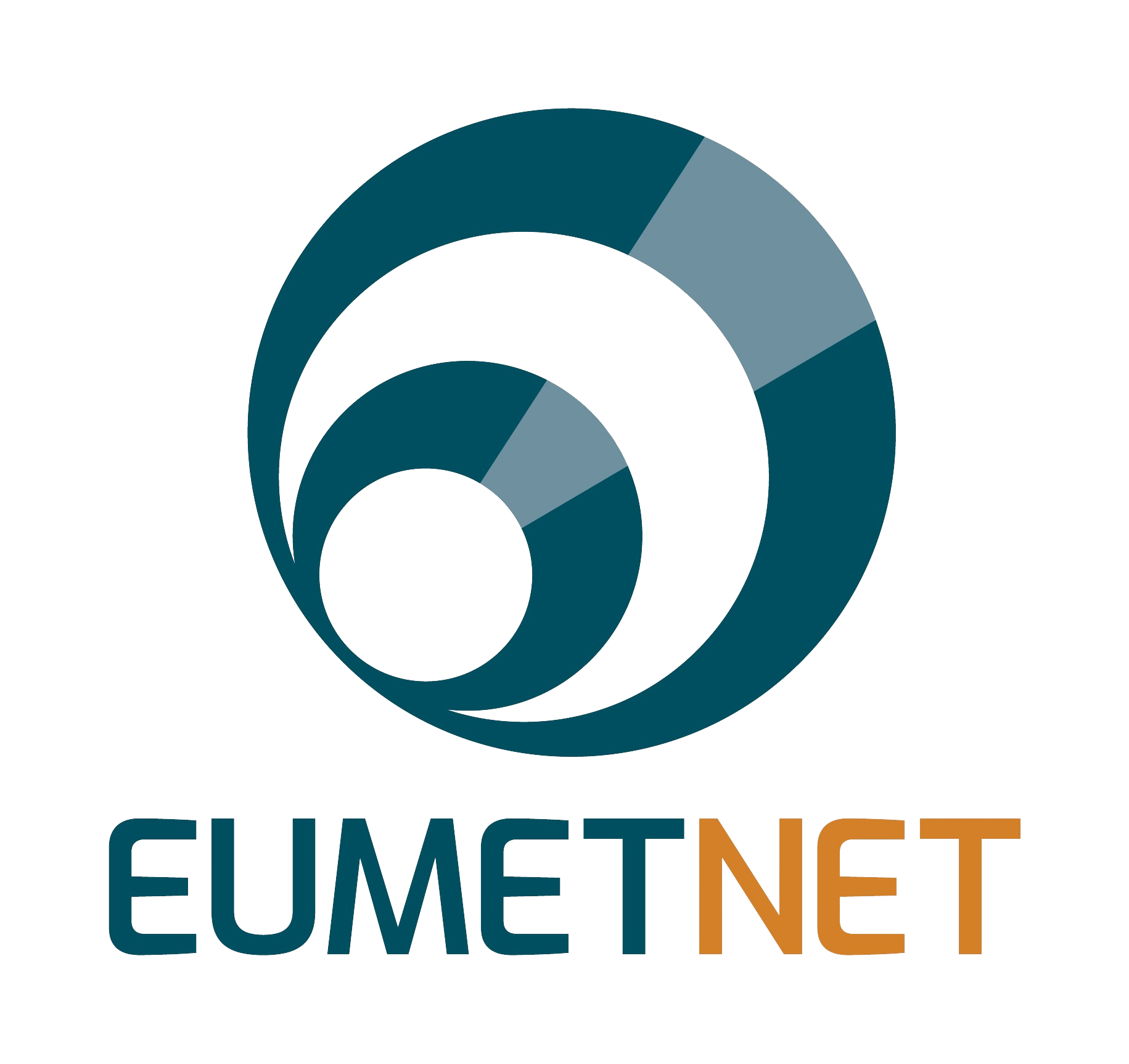PEP725 MODULE
“Phenology – the timing of seasonal activities of animals and plants – is perhaps the simplest process in which to track changes in the ecology of species in response to climate change” (IPCC 2007). At the same time different species often respond differently to changing conditions, provoking the question about effects of changed synchrony in ecological interactions.
In most European countries, phenological observations have been carried out routinely for more than 50 years by different governmental and non-governmental organisations following different observation guidelines. Therefore, data is stored at different places in different formats. This has been hampering large-scale studies as one has to address many network operators to get access to the data before one could start to bring them in a uniform style.
The overall objective of the Pan-European Phenological Database is a European research infrastructure to promote and facilitate phenological research.
Objective 1
Its main objective is to build up and maintain a European-wide phenological database with an open, unrestricted data access for science, research and education. So far, 27 European meteorological services and 7 partners from different phenological network operators have joined PEP725.
Objective 2
Another aim is the display of near-realtime phenological observations from a few countries with real-time monitoring in order to visualise the spring green wave moving through Europe.
Objective 3
Draw the attention of the climate impact community to the PEP725 data set and encourage scientific work based on it.
"promoting and facilitating phenological research through a pan-European infrastructure"
The tasks
· Regular maintenance and updates of the phenological database (PEP725) with data from various European countries.
· Regular maintenance of the PEP725 webpage and delivering data for the EUMETNET webpage – widget. The number of data downloads from the PEP725 web pages has been increasing steadily since its launch in 2011: from approximately 1600 in 2011 to 3816 in 2014 and more than more than 5000 in 2015, improvement of the download-facility
· Develop methods and software to do data quality checks
· Organization of an annual meeting
· Organization of an annual symposium with invited speakers
· Develop a more sophisticated web-interface
· Develop the download tool (to minimize the tailored data supply)
· Develop a notification service: partners to be informed automatically (email) when records of their networks are requested
· Raise the visibility of PEP725 (media, presentations, paper)
· Monitor data downloads and publications based on the PEP725 data set
The requirements
Financial requirements for the operational activities and development of the above mentioned features amount to about 6 person months a year. An off the shelf PC fulfills the hardware requirements to run the data base, host the PEP725 home page and do the software developments.
The organisation
The ZAMG is the only organization directly involved in maintaining and developing the PEP725 data base.
More information
